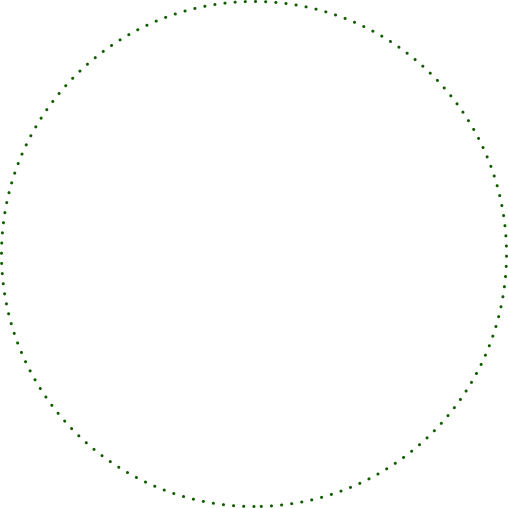Lesser known is the fact about homeopathic treatment that there are excellent medicines which can be used in various types of injuries. Not only they help to relieve the pain but also heals the person both physically and mentally, thus resulting in prompt recovery of the injury.
Homeopathy has proved to be immensely effective in the following conditions:
- Injuries resulting from road side accidents, like open wounds, helping to heal the wounds fast
- Injuries involving nerves, resulting in either terrible pain or numbness
- Burns, scalds
- Fractured bones, dislocated joints, sprains, tearing of ligament and tendons, and other muscle injuries
- Postpartum hemorrhage and healing
- Injuries caused as a result of over-exertion, as in workplace injuries or home injuries, like spraining of back, twisting of knees or ankles or wrists
- Concussions, contusions as result of falls or blows
- Injury to the eyes, black eyes etc.
- Post operative healing as in case of post surgeries, of both laparoscopic and open procedures
- Injuries involving either internal or external bleeding, puncture wounds, lacerations, abrasions, cuts
- Healing of the mental trauma endured by the person due to injury, thus providing holistic care
Not only does the homeopathic medicines relieve the pain and heal but also helps in preventing the scars as a result of injuries.Just for the knowledge of the reader below mentioned is the information related to some come types of injuries.An injury is damage to your body. It is a general term that refers to harm caused by accidents, falls, hits, weapons, and more. Injuries can happen at work or play, indoors or outdoors, driving a car, or walking across the street.
Wounds are injuries that break the skin or other body tissues. They include cuts, scrapes, scratches, and punctured skin. They often happen because of an accident, but surgery, sutures, and stitches also cause wounds. Minor wounds usually aren’t serious, but it is important to clean them. Serious and infected wounds may require first aid followed by a visit to your doctor. You should also seek attention if the wound is deep, you cannot close it yourself, you cannot stop the bleeding or get the dirt out, or it does not heal.
Other common types of injuries include:
- Bruises: A bruise is a mark on your skin caused by blood trapped under the surface. It happens when an injury crushes small blood vessels but does not break the skin. Those vessels break open and leak blood under the skin. Bruises are often painful and swollen. You can get skin, muscle and bone bruises.
- Dislocations
- Fractures (broken bones)
- Sprains and strains: A sprain is a stretched or torn ligament. Ligaments are tissues that connect bones at a joint. Falling, twisting, or getting hit can all cause a sprain. Ankle and wrist sprains are common. Symptoms include pain, swelling, bruising, and being unable to move your joint. You might feel a pop or tear when the injury happens. A strain is a stretched or torn muscle or tendon. Tendons are tissues that connect muscle to bone. Twisting or pulling these tissues can cause a strain. Strains can happen suddenly or develop over time. Back and hamstring muscle strains are common. Many people get strains playing sports. Symptoms include pain, muscle spasms, swelling, and trouble moving the muscle. At first, treatment of both sprains and strains usually involves resting the injured area, icing it, wearing a bandage or device that compresses the area, and medicines. Later treatment might include exercise and physical therapy.
- Burns: A burn is damage to your body’s tissues caused by heat, chemicals, electricity, sunlight, or radiation. Scalds from hot liquids and steam, building fires and flammable liquids and gasses are the most common causes of burns. Another kind is an inhalation injury, caused by breathing smoke.
- Cuts and puncture wounds: A cut is a break or opening in the skin. It is also called a laceration. A cut may be deep, smooth, or jagged. It may be near the surface of the skin, or deeper. A deep cut can affect tendons, muscles, ligaments, nerves, blood vessels, or bone.
A puncture is a wound made by a pointed object such as a nail, knife, or sharp tooth. Puncture wounds often appear to be on the surface, but may extend into the deeper tissue layers.
- Crush injury: A crush injury occurs when force or pressure is put on a body part. This type of injury most often happens when part of the body is squeezed between two heavy objects. It leads to bleeding, bruising, fractures and even nerve injury.
- Laceration: it is a cut which goes all the way down to the deeper layers of the skin
- Electrical injuries
- Scar: A scar is a permanent patch of skin that grows over a wound. It forms when your body heals itself after a cut, scrape, burn, or sore. You can also get scars from surgery that cuts through the skin, infections like chickenpox, or skin conditions like acne. Scars are often thicker, as well as pinker, redder, or shinier, than the rest of your skin.
- Animal bites: it can lead to open wounds, which if not properly cared for can get infected.
Insect bites: Most insect bites are harmless, though they sometimes cause discomfort. Bee, wasp, and hornet stings and fire ant bites usually hurt. Mosquito and flea bites usually itch. Insects can also spread diseases.



